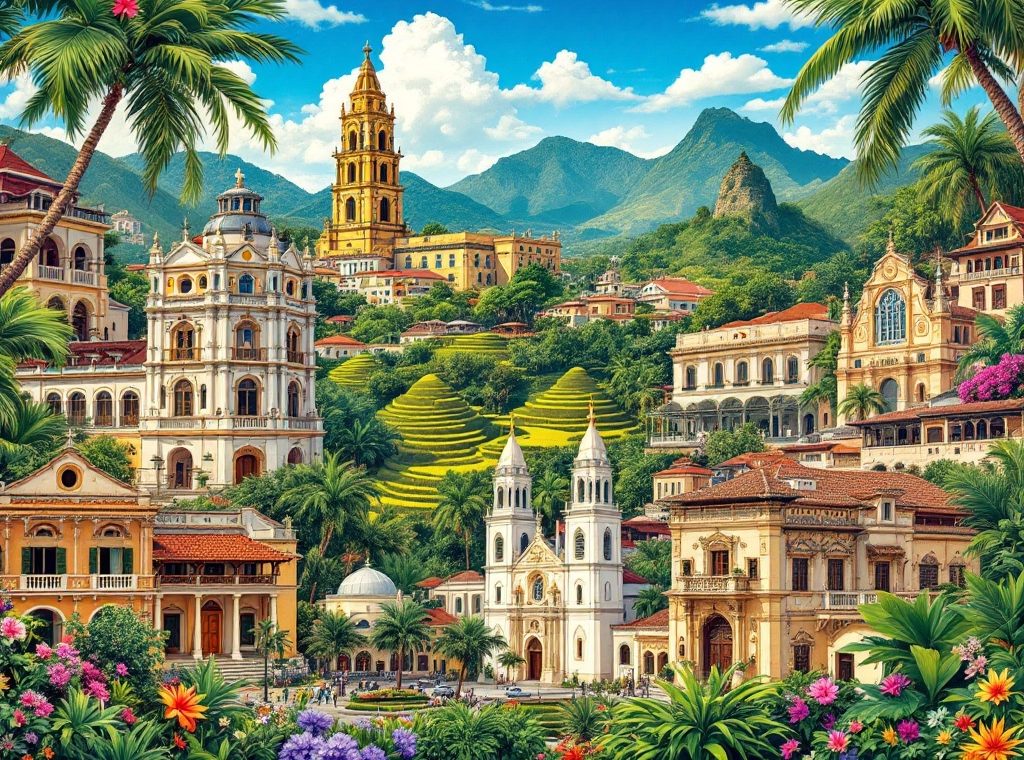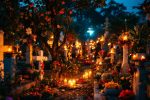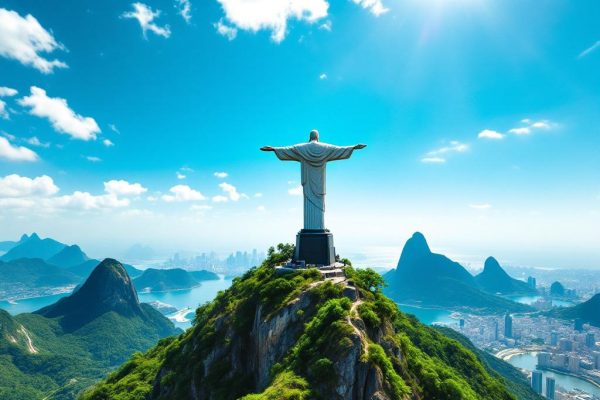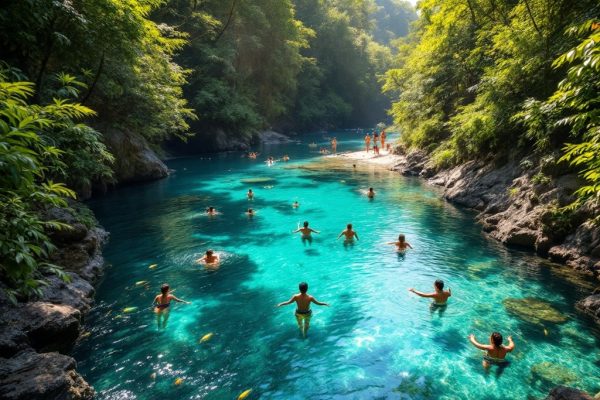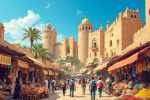Most Famous Landmarks in the Philippines
Journey through the captivating tapestry of the Philippines, from ancient wonders to modern marvels. Explore historic landmarks like Intramuros, Fort Santiago, and Magellan’s Cross, and discover natural treasures such as the Banaue Rice Terraces and the Chocolate Hills. Experience vibrant culture at sites like the San Agustin Church and Calle Crisologo. Uncover the stories behind iconic destinations like the EDSA Shrine and Corregidor Island. Embark on your Philippine adventure today!
Important information
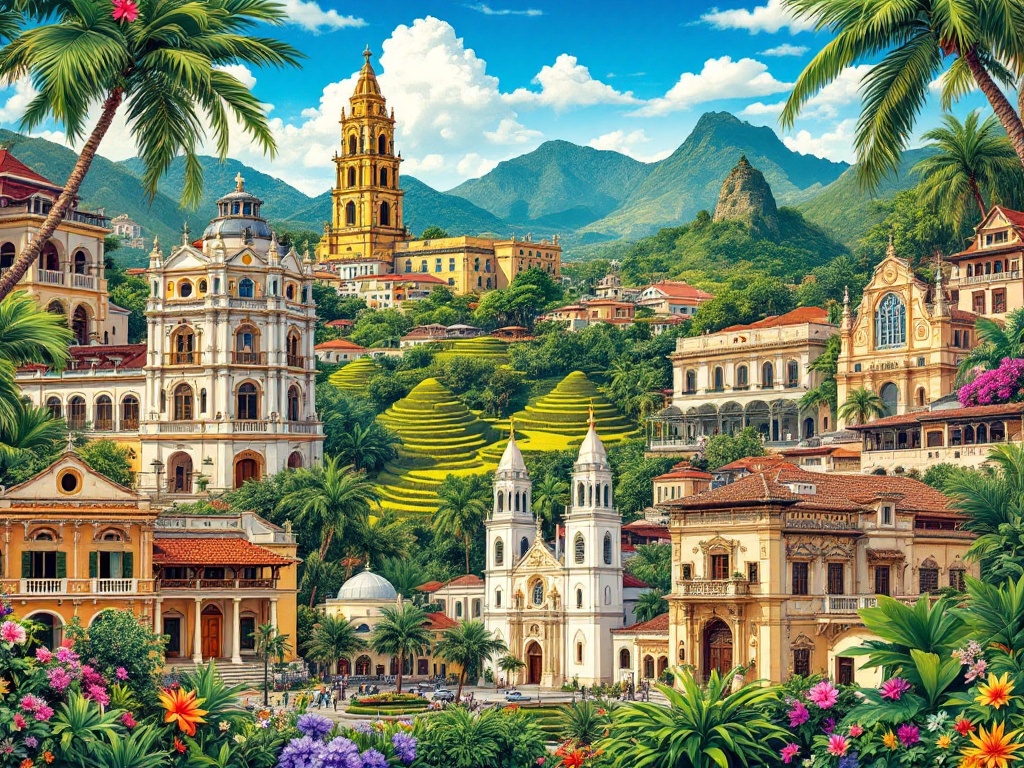
- Intramuros, the historic walled city in Manila, features Spanish colonial architecture and key sites like Fort Santiago.
- The Banaue Rice Terraces, a UNESCO World Heritage Site, are a 2,000-year-old example of Ifugao ingenuity.
- Key historical figures are honored at sites like the Rizal Shrine (Jose Rizal) and the Bonifacio Shrine (Andres Bonifacio).
- Natural wonders include the Chocolate Hills, Mayon Volcano, and the Puerto Princesa Subterranean River National Park.
- Significant religious sites include San Agustin Church (oldest stone church) and the Basilica del Santo Niño.
Historical Landmarks
Intramuros, Manila’s historic walled city, showcases stunning Spanish colonial architecture and once served as a powerful center. Within its walls lies Fort Santiago, a citadel crucial to Philippine history, witnessing events from Spanish colonization through World War II.
Housed within a chapel in Cebu City, Magellan’s Cross commemorates Ferdinand Magellan’s arrival in 1521.
Philippine independence, declared in 1898, is marked by the Aguinaldo Shrine in Kawit, Cavite.
The EDSA Shrine in Quezon City commemorates the pivotal 1986 People Power Revolution.
Cebu City also boasts Fort San Pedro, the smallest and oldest Spanish fort, a unique triangular bastion.
The national hero, Jose Rizal, was born at the site now preserved as the Rizal Shrine in Calamba, Laguna.
In Caloocan City, the Bonifacio Shrine honors Andres Bonifacio, a key figure in the Philippine Revolution.
Corregidor Island, strategically located at the entrance of Manila Bay, played a significant role in World War II, commemorated by the Pacific War Memorial located there. Nearby, Fort Drum, nicknamed “the concrete battleship,” stands as a heavily fortified island fortress.
Intramuros
Step into the heart of Manila’s captivating history within the ancient walled city of Intramuros, once the epicenter of Spanish colonial power. Explore key landmarks such as Fort Santiago and San Agustin Church, and immerse yourself in the rich culture through vibrant performances and fascinating museums. Intramuros offers an unforgettable journey into the past, making it a truly must-see destination.
Fort Santiago
Fort Santiago, nestled within Manila’s historic Intramuros district, was a crucial defensive stronghold during the Spanish colonial era. Today, it stands as a museum, offering poignant glimpses into Philippine history and serving as a powerful testament to the nation’s past.
Magellan’s Cross
Adjacent to Cebu City’s Basilica del Santo Niño, a modest chapel safeguards Magellan’s Cross, a potent symbol of the Philippines’ Christian beginnings. Planted in 1521 by the Portuguese and Spanish explorers, the original cross, encased in protective tindalo wood, remains a fragile testament to this pivotal moment in history.
Aguinaldo Shrine
The Aguinaldo Shrine, a significant historical landmark in Kawit, Cavite, is where Philippine independence was proclaimed on June 12, 1898.
EDSA Shrine
The EDSA Shrine powerfully symbolizes the 1986 People Power Revolution, a pivotal moment that restored democracy to the Philippines.
Fort San Pedro
Fort San Pedro, a historical landmark in Cebu City, was built by the Spanish during their colonial period. Now a museum, it displays artifacts from that era, offering visitors a glimpse into the past.
Rizal Shrine
José Rizal’s birthplace, a shrine in Calamba, Laguna, houses a museum brimming with artifacts from his life, including writings and personal belongings. This landmark commemorates the Philippine national hero, offering visitors a glimpse into his impactful life and enduring legacy.
Bonifacio Shrine
The Bonifacio Shrine commemorates Andres Bonifacio, the leader of the Katipunan. The Katipunan was a secret society instrumental in the Philippine revolution against Spanish rule. This group bravely fought for the nation’s freedom.
Corregidor Island
Located at the mouth of Manila Bay, the historic Corregidor Island served as a crucial defensive fortress during World War II. Its network of tunnels, fortifications, and artillery batteries stand as remnants of the fierce battles fought there. The island’s Pacific War Memorial serves as a solemn tribute to these events and the individuals who shaped them.
Pacific War Memorial
The Pacific War Memorial on Corregidor Island stands as a powerful tribute to the sacrifices of those who served in the Pacific theater of World War II.
Fort Drum
Nicknamed “The Concrete Battleship,” Fort Drum dominates Manila Bay. This formidable island fortress played a crucial role during World War II, safeguarding the Philippines. Today, it stands as a captivating historical landmark, inviting visitors to explore its intriguing military past.
Religious and Cultural Landmarks
Embark on a spiritual journey through the Philippines, starting with a visit to the San Agustin Church, a UNESCO World Heritage site located in the heart of Manila’s Intramuros. Explore the Basilica del Santo Niño in Cebu, renowned for its Spanish colonial architecture and home to the revered Santo Niño de Cebu image. Find solace at the striking Simala Shrine, a castle-like pilgrimage site also in Cebu.
- san Agustin Church, Intramuros, manila.
- Basilica del Santo Niño, cebu.
- Simala Shrine, cebu.
Discover the historical and cultural richness of the Philippines with a visit to Manila Cathedral, the nation’s primary Catholic church, located in Intramuros. Experience the unique cultural insights of the Taoist Temple in Cebu City, offering breathtaking panoramic views. Journey to the Mountain Province and witness the Hanging Coffins of Sagada, a powerful testament to an ancient burial tradition. Step back in time on Calle Crisologo in Vigan, a preserved Spanish colonial street with cobblestone roads and historic houses.
- manila Cathedral, intramuros.
- Taoist Temple, cebu city.
- Hanging Coffins, sagada, mountain Province.
- Calle Crisologo, vigan.
San Agustin Church
San Agustin Church, a UNESCO World Heritage site, stands as the oldest stone church in the Philippines. Built in the late 16th century, this remarkable structure embodies Spanish colonial influence with its stunning Baroque architecture. Inside, beautiful frescoes and historical artifacts further enrich the experience, showcasing a rich tapestry of history.
Basilica del Santo Niño
Located in Cebu City, the Basilica del Santo Niño is the oldest Roman Catholic church in the Philippines. This historic landmark houses a treasured relic, the image of the Santo Niño de Cebu, which is the oldest religious icon in the country.
Manila Cathedral
The Manila Cathedral, a striking neo-Romanesque structure, is the main church of the Roman Catholic Archdiocese of Manila.

